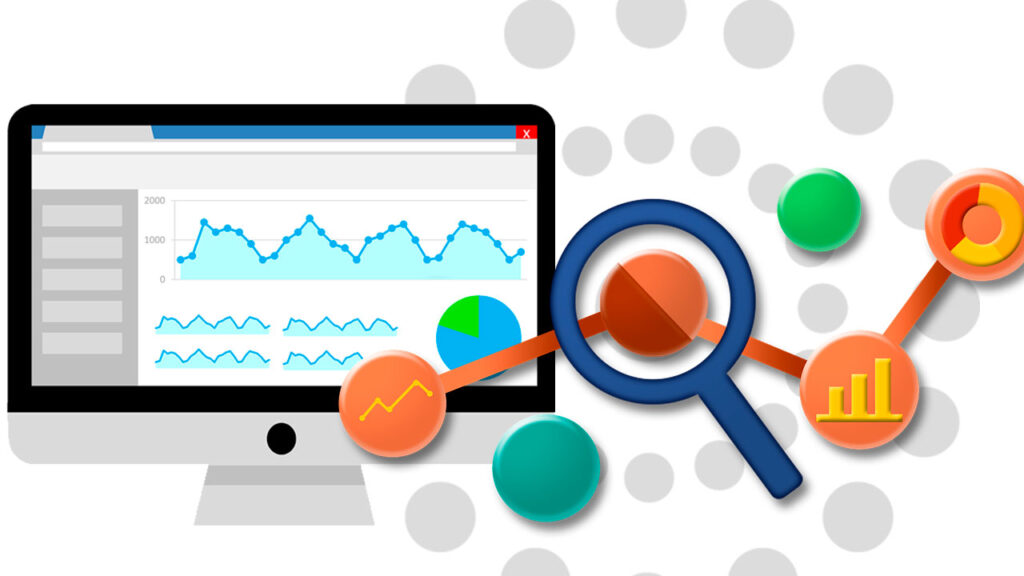The affiliate industry continues to become more data driven year after year. This fact results in managers being tasked with not only qualitative, but quantitative analysis of their programs to maximize gains in an efficient manner. Below is a list of tools that can be used for a holistic, data centric approach to your affiliate program.
Network Reporting
Affiliate network reports are the backbone of your affiliate data analysis and networks are providing more data than ever. Therefore, depending on the affiliate network you are working with, there is a whole suite of information available to you. The network is arguably the most important data source because it provides the most affiliate specific data, including whether your links are working. With more advanced features, you can even look at the click and user path to determine what sites your customers are visiting on their way to purchase. It can also help you identify publishers that might be getting overlooked due to being “leap frogged” by another site right before the sale would have occurred.
Web Analytics Service
(Ex: Google Analytics)
After network reporting, web analytics services are really the only other mainstream data sources that can help provide additional performance information for your program. Your web analytics is key to helping detect additional traffic sources that aren’t being optimized through your affiliate program. Keeping a close eye on both your network data and web analytics will make sure things won’t be overlooked.
Fraud Detection Platform
(Ex: Forensiq)
A fraud detection platform is very important to your affiliate program’s health. They can provide key data on the quality of traffic being driven to your sites. They can also look at the user details being passed through the browser to determine if their IP address, or browser/device, or usage pattern is that of a non-customer. With about 50% of web traffic coming from a variety of bots, it is paramount to monitor the type of traffic being sent to your site.
Spreadsheet
(Ex: Excel)
A spreadsheet is the cornerstone of most analysis. Most exports from networks come out as CSV, so it’s important to be able to manipulate those exports. Sorting, pivot tables, and graphs can quickly provide a number of views of your affiliate data for insights and value that you might not be seeing inside the networks or web analytic tool’s predefined reporting.
BI Tool
(Ex: Tableau)
As affiliate data continues to become more robust, BI tools will become more vital for parsing and displaying larger data sets. For example, your geographic sales data can easily turn into interactive maps with the ability to seamlessly drilldown to a granular view of a particular country, state or region’s sales breakout. This would make it easier to hyper-target your affiliate marketing efforts.
These are just a handful of the tools a data-focused affiliate management team should be familiar with. While there are more affiliate specific business tools out there, the above should have 90% of your potential needs covered. An added bonus is that many of these are cheap or free to use on multiple operating systems.
If you would like to know more about how to use these tools and others to improve your affiliate program please reach out to one of our analytics experts with your questions.
Happy analyzing!












